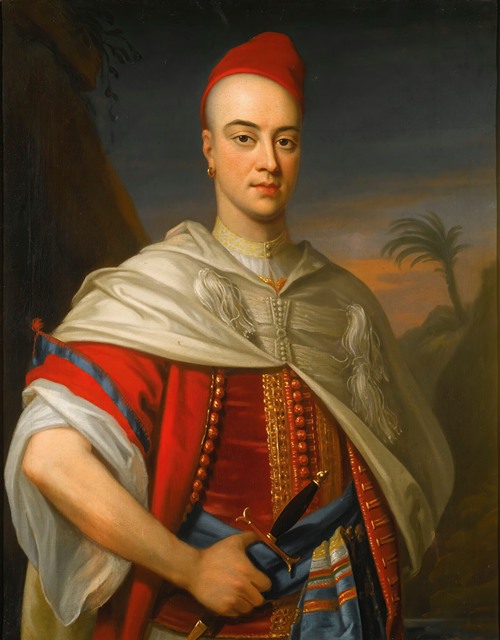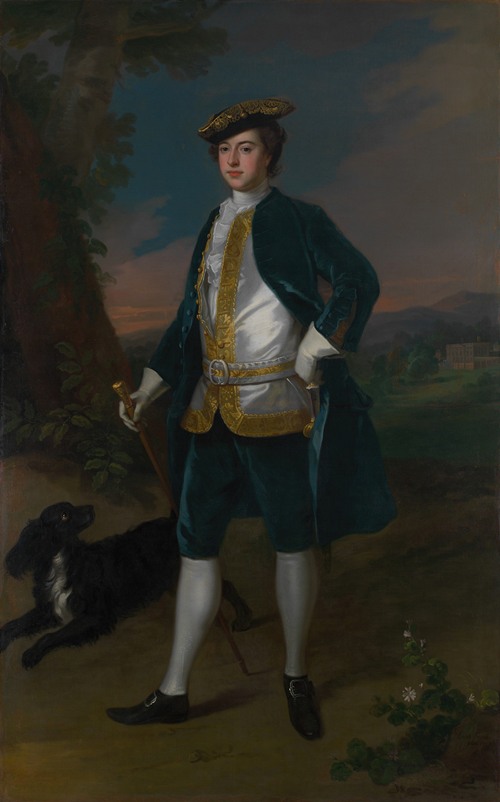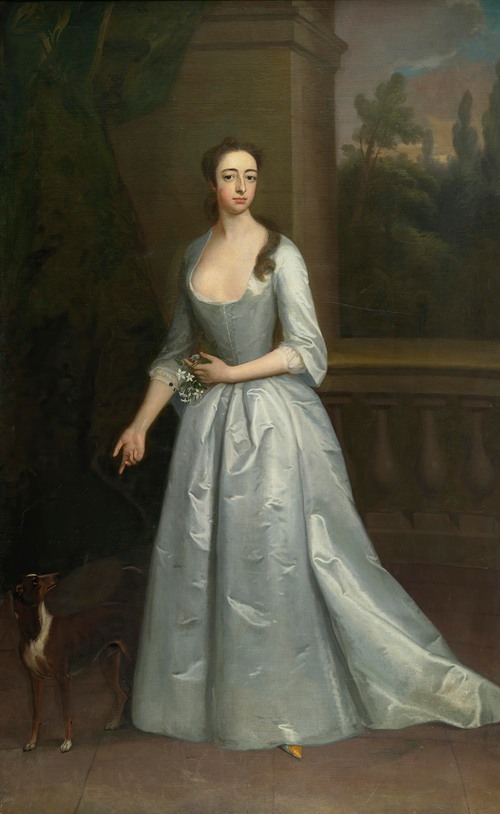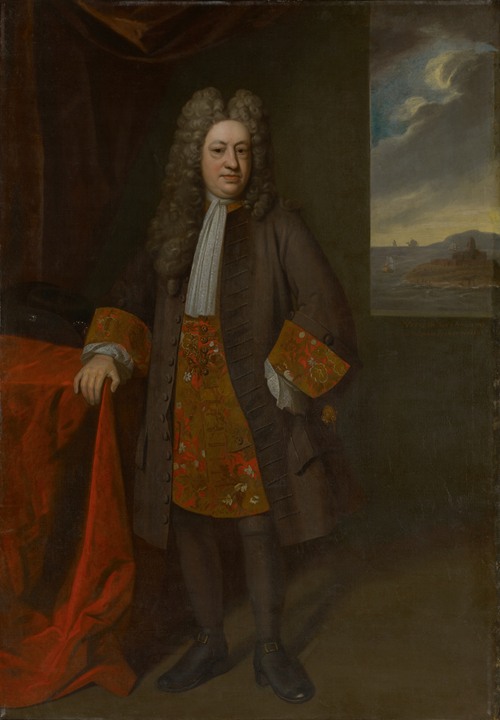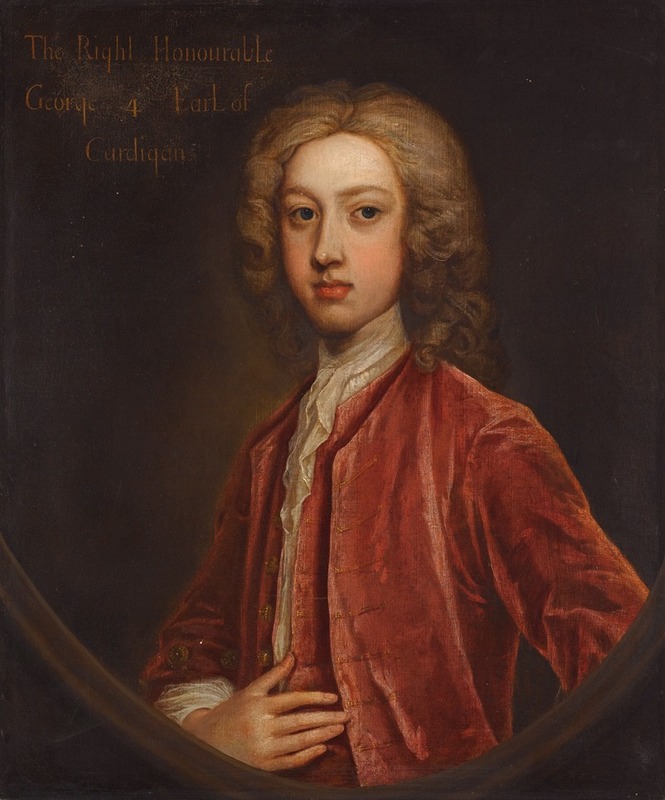
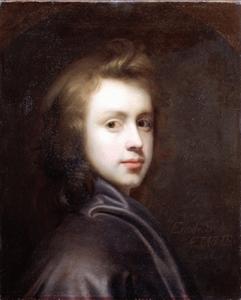
Enoch Seeman the Younger was a painter, active in England in the first half of the eighteenth century. He was born into a family of painters in Danzig (now Gdańsk, Poland), around 1694.
Seeman was brought to London from his home of Flanders by his father, also Enoch (born 1661), in 1704. The earliest known painting of the younger Seeman is a group portrait of the Bisset family in the style of the portraitist Godfrey Kneller, now held at Castle Forbes in Grampian, Scotland, and dated by an inscription to 1708.
As a painter to the British royal court Seeman the Younger completed portraits of George I, in 1730, in the robes of his coronation and of George II some years later. The first of these pictures is held at the Middle Temple in London, England, and the second is at Windsor Castle in Berkshire, England, part of the Royal Collection.
In 1734, Seeman painted a portrait of Jane Pratt Taylor, daughter of Lord Chief Justice John Pratt. The portrait was sent to William Byrd, II of Westover, in Virginia, where it became part of the largest colonial portrait collection of the early eighteenth century. The painting is now part of the collection of the Virginia Historical Society.
The Yale University Art Gallery owns a 1717 portrait of Elihu Yale by Seeman and the Metropolitan Museum in New York, US, owns his rendering of Sir James Dashwood, described by the Grove Dictionary of Art as 'Exceptionally lively'. Also by Seeman the younger are a 1739 portrait of Abraham Tucker, held by the National Portrait Gallery, London, and various copies of sixteenth- and seventeenth-century portraits. The National Trust owns two examples of this set of his work – at Dunham Massey in Cheshire, England, a copy of a portrait of Lady Diana Cecil, and at Belton House in Lincolnshire, England, of Lady Cust and her nine children. His portrait of Lady Caroline D'Arcy, Countess of Ancram, wife of the Earl of Ancram, sold at Christie's in 2000 for £11,750. It had previously been owned by George Osborne, 10th Duke of Leeds and hung in the dining room at Hornby Castle.
Despite royal commissions, Seeman the younger's work is thought of as less accomplished than that of the top flight of portraitists because of his lesser attention to detail in the facial features of different sitters. This is more apparent in male than in female subjects of Seeman's.
Seeman the younger died in London in March 1744.
